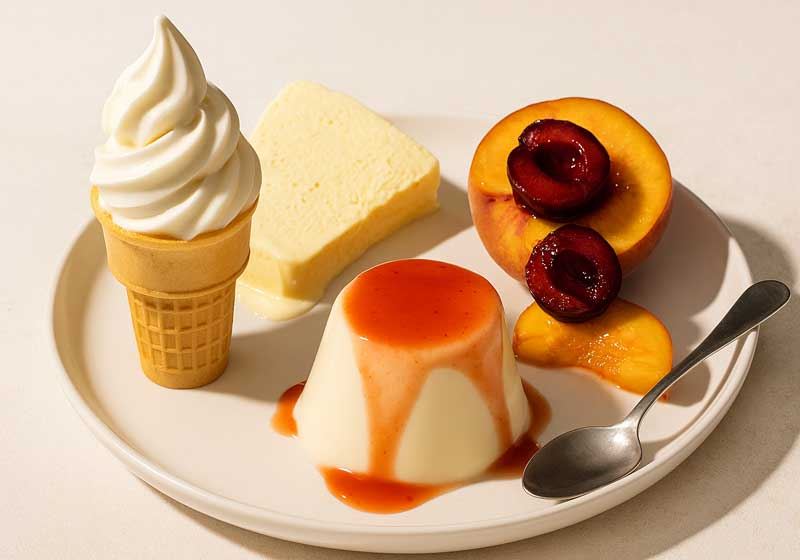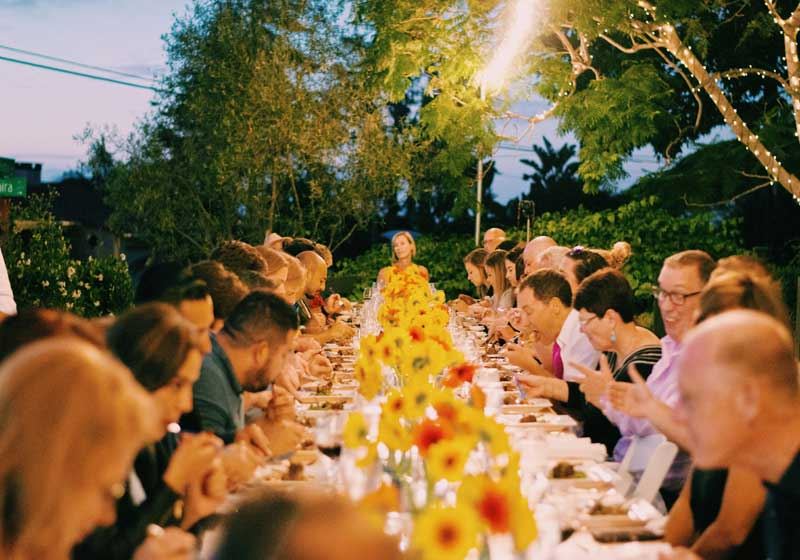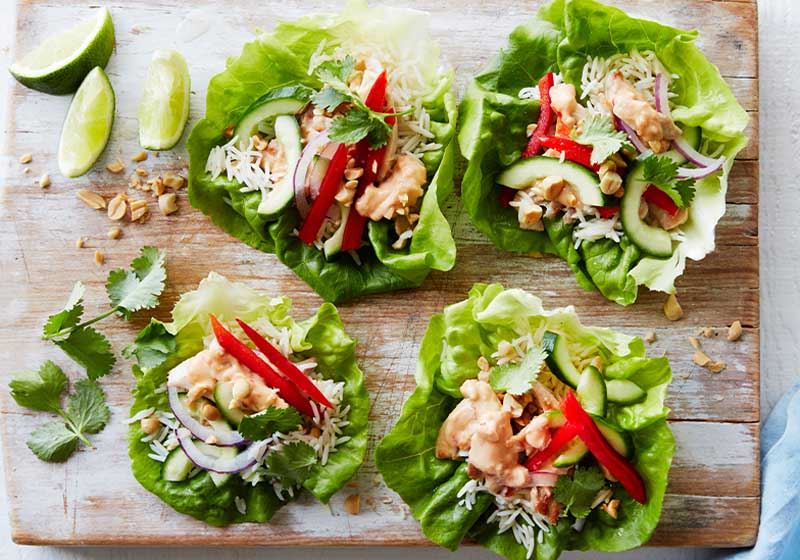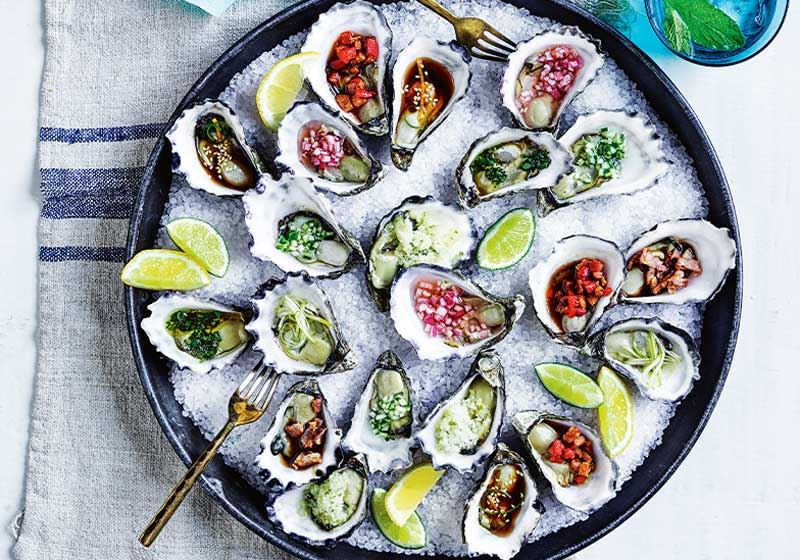There’s a reason we aim for the perfect sear marks on what we cook on the barbeque.
Searing creates caramelisation, a chemical process that turns sugars into a brown crust packed with flavour and texture. This all-important technique requires high heat around 260 C and takes just minutes to complete, making it the go-to cooking method for steaks, chicken breasts,
vegetables and sometimes burgers.

You need to preheat your grill no matter what kind are using – food placed on cold grates will stick and may cook throughout and potentially burn by the time your grill reaches searing temperature.
Be sure to preheat the entire grill because cold grates can rob precious heat needed for bold sear marks. Once your grill is ready, it is a good idea to arrange dual grilling zones so you can finish meat that has a nice outer crust but isn’t quite done cooking.
For best results when searing, let your meat come to room temperature before throwing it on your roaring-hot grill grates. Cook time will vary depending on the thickness of the meat and your preferred level of doneness, but most cuts need only 3–5 minutes per side to receive succulent sear marks. Achieving a beautiful crosshatched pattern is as easy as rotating your food 45 degrees midway through the cook on each side. Keep in mind that food that’s been properly seared should easily release from the grates when moved.

Searing on a gas grill:
Gas grills are generally the best option for searing because they maintain high levels of heat with little effort. You can harness enough of that heat by preheating your grill on high for about 15 minutes and it doesn’t hurt to season your grates with oil that has a high smoke point (like grapeseed and palm oil). Conventional burners produce awesome sear marks, giving you food that looks as good as it tastes.
Searing on a charcoal grill:
The key to creating searing temperatures on a charcoal grill is to light your coals from the bottom. This allows the fire to ignite each coal as it climbs upward and more lit fuel equals higher temperatures. Once the coals have a thin layer of ash, put the lid on the grill, open the vents, and let it preheat for about 10–15 minutes.

Some charcoal grills give you the ability to raise and lower the grill grate or the charcoal itself, which can be quite a useful feature when searing. By bringing your food on the grates closer to the flames, you’ll create better overall searing conditions.
How to reverse-sear:
Searing is traditionally done at the beginning of the cook, with food then being brought to completion over low heat if necessary. Reverse-searing has recently gained popularity and it’s exactly what it sounds like — all you have to do is cook your food over low or indirect heat until it’s close to the required internal temperature, then transfer it to high heat for a sear at the end.
Fans of reverse-searing claim this technique results in a more evenly cooked piece of meat that’s remarkably tender and juicy.
Happy barbequing!






